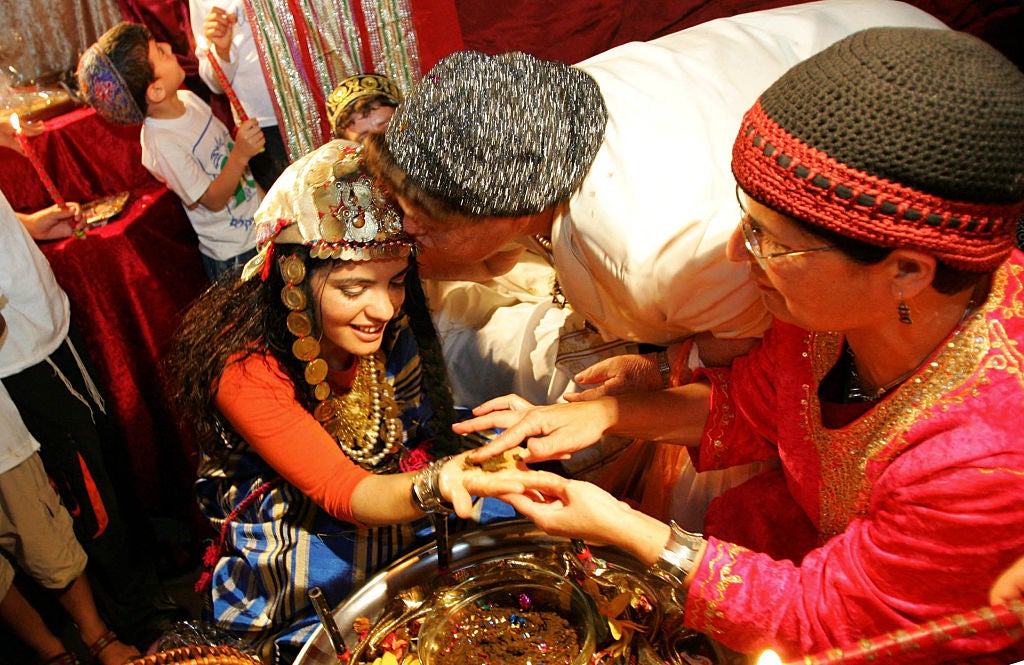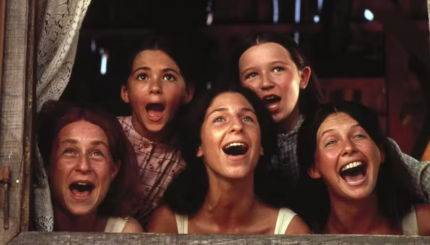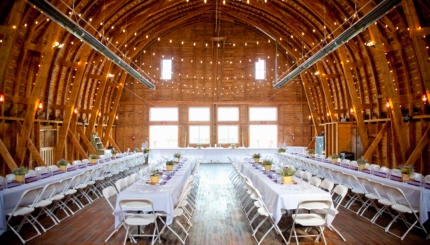Henna is a vegetable-based dye used to temporarily color skin and more permanently dye hair. Jews from the Middle East and South Asia — places like Morocco, Algeria, Iran, Iraq and Yemen — have long incorporated it into wedding celebrations, just like many of their non-Jewish neighbors. Jews have given the widely popular henna ceremony their own twist, incorporating it into other Jewish marriage rituals.
A traditional henna ceremony is held a few days before a wedding. Accompanied by close family and friends, the bride’s hands are decorated with dye. Since henna darkens for the first few days, timing the application in this way ensures that the design is at its most visible during the wedding. Often, close female family and friends also apply henna to their hands and, in modern times, the groom and other male friends can also participate.
In the Jewish community, henna is thought to ward off the evil eye and increase fertility. One of the Hebrew words for henna is chinah (חנה), which some interpret as an acronym that alludes to the three mitzvot incumbent on women:
With your help, My Jewish Learning can provide endless opportunities for learning, connection and discovery.
- Challah — Separating a portion of baked bread
- Niddah — The laws of family purity
- Hadlekat Nerot — Lighting Shabbat and festival candles
Henna ceremonies can be lavish affairs, with embroidered clothes, singing and dancing. They are often part and parcel of the bride’s first visit to the mikvah in preparation for married life and keeping the laws of family purity.
When large Jewish populations lived throughout the Middle East, henna ceremonies were a regular part of Jewish marriages. When these communities emigrated, they brought the memory of these traditions with them to Israel, America and elsewhere. By and large, however, the first generations of Jews in these heavily Ashkenazi countries did not practice the henna ceremony. In more recent generations, more Jews with roots in the Middle East are incorporating them into their nuptials.



